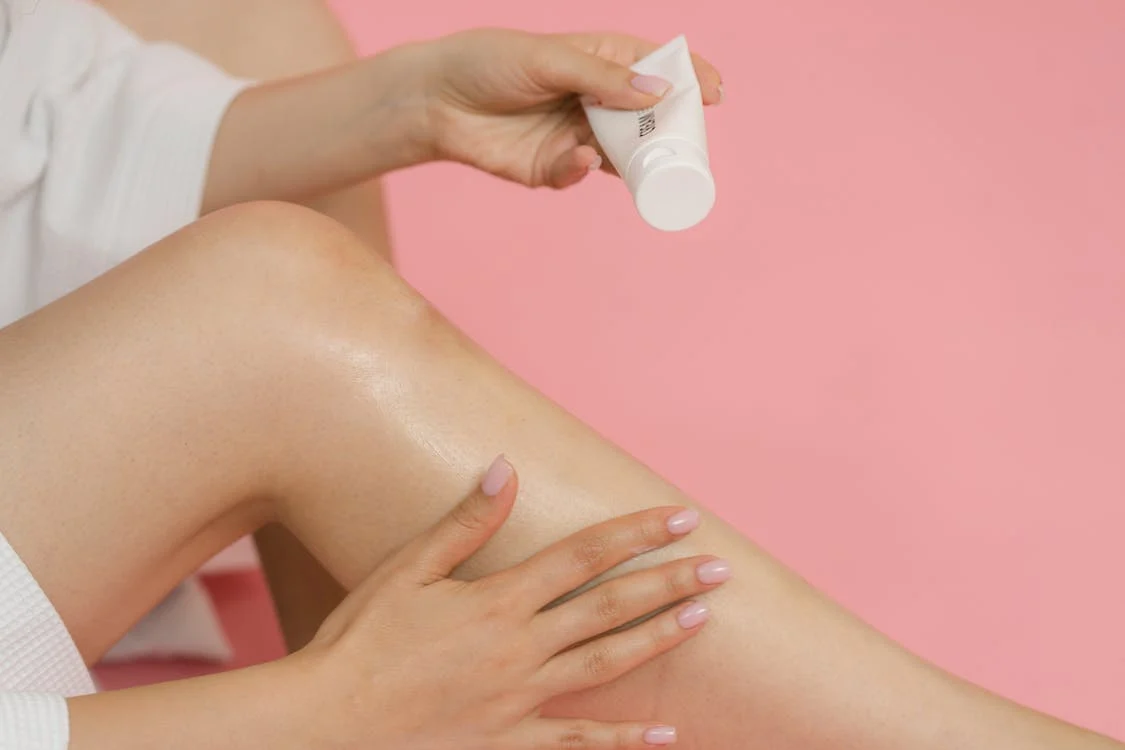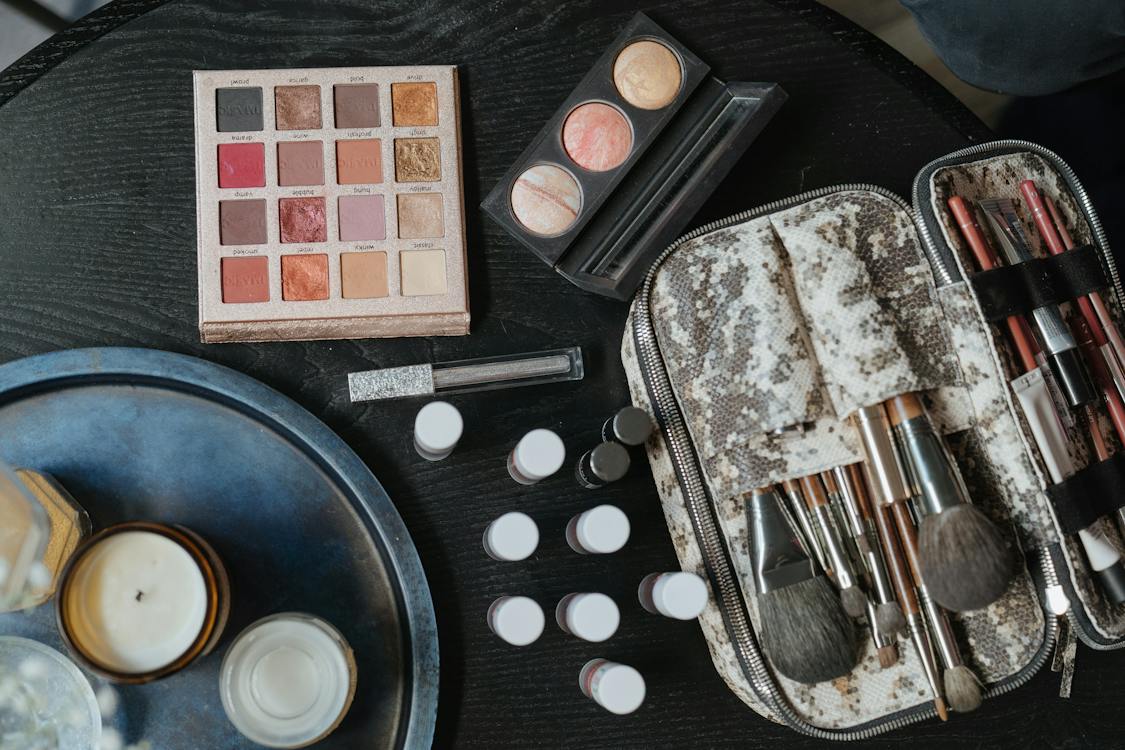Tips for Dealing with Freckles

Freckles are dark brown or tan patches that appear on the skin. Melanin is a pigment found in skin cells, which is what gives them their color. Freckles are flat, unlike moles, which are elevated. Freckles aren't hazardous or hurtful in any way. They're just annoying. Even while freckles may be inherited, no one is born with them. Exposure to the sun is the primary cause of this condition. Fair-skinned people with red or blonde hair and hair that contains melanin are more likely to develop freckles.
Here are seven options to think about if you have freckles and wish to get rid of them.
1. Lasers
Fraxel, PiQo4, Ruby, and Gemini lasers treat freckles. The laser utilized depends on the freckles, skin type, and other skin issues. Whitening creams (like Kligman's formula) can minimize freckles temporarily. Lasers eliminate freckles in one to two sessions.
Q-switched Ruby lasers treat freckles. Ruby laser's 694nm wavelength attracts melanin. Because freckles have more melanin than healthy skin, this laser wavelength is drawn to them. Laser light destroys and removes freckles' melanin. q-switched ruby lasers create nanosecond-long energy bursts (billionths of a second). Rapid energy production has a photo-acoustic effect on freckle melanin, shattering it into tiny bits.
The Gemini laser helps remove freckles and sunspots on Asian, olive, and darker complexions. The laser's cooling glass avoids skin damage from heat. This cooling reduces the laser treatment risks for Asian, olive, and darker skin types. The laser uses longer millisecond pulses than q-switched lasers with the same wavelength, reducing the risk of post-inflammatory hyperpigmentation on Asian skin (thousandths of a second). Laser therapy or skin damage cause this coloring.
Picosecond lasers, recently developed, reduce pulses to picoseconds. By reducing the amount of heat applied to the skin and causing photo-acoustic or mechanical destruction of pigmentation, these lasers can improve pigmentation removal. PiQO4 is a picosecond laser. Shorter laser pulses heat the skin less, making laser therapy a gentler process with less downtime.
Fraxel laser (1927 nm) freckle eradication is effective. Unlike other lasers, it targets skin's water, not melanin. Freckles are removed by exfoliating the skin's outermost layers. Name-sake, it's a fractional laser. When the laser fires tiny laser energy columns into the skin, the skin between them is spared. Despite not covering the entire skin, it effectively treats freckles. A scanning handpiece delivers laser light columns to treat the skin equally. Fraxel 1927nm laser is one of our favorite freckle-removal methods for pale skin.
2. Cryosurgery
In cryosurgery, aberrant skin cells are frozen and destroyed using extremely cold temperatures in the form of liquid nitrogen. There is typically no need for anesthetic during cryosurgery, and the recovery period is short. Bleeding, blistering, and hypopigmentation are a few possible side effects. Scarring from cryosurgery is uncommon.
3. Chemical peel
A chemical solution is used in a chemical peel to exfoliate and remove damaged skin. A mild skin peel that contains trichloroacetic acid or glycolic acid penetrates the middle layers of the skin to remove freckles. New skin is produced after the injured skin has been removed.
Moderate skin peels might take up to two weeks to heal, according to the American Society for Dermatologic Surgery. Daily skin soaking and topical ointment application are required. Additionally, you'll need to avoid the sun until your skin has healed and take an antiviral medication on a prescription for up to two weeks.
4. Sunscreen

While applying sunscreen won't necessarily get rid of existing freckles, it will undoubtedly assist you avoid developing new ones. Given that sun exposure contributes to the development of freckles, it makes sense to limit sun exposure in order to avoid developing freckles. Sunscreen can at the very least assist you in shielding your skin from excessive UV radiation exposure. These advices are provided by the American Academy of Dermatology:
- At least SPF 30 is required for sunscreen.
- At least 15 minutes before heading outside, apply sunscreen to bare skin.
- Reapply sunscreen every two hours, as well as very after after swimming or perspiring a lot.
5. Topical fading cream
Bleaching cream, commonly referred to as fading cream, is sold over-the-counter and on prescription. Hydroquinone, a component found in many fading creams, is supposed to inhibit the formation of melanin and lighten regions of skin that are too dark. Creams that get rid of freckles include Kassia Dark Spot Corrector, Hotstuffz Dark Spot Corrector, and Admire My Skin Ultra-Brightening Serum.
6. Topical retinoid cream
Retinoid cream is a vitamin A compound. Freckles and sun-damaged skin are improved when it is applied to them. According to a Trusted Source evaluation from 2014, retinoids may offer photoprotection by absorbing ultraviolet B radiation. This may help to stop the growth of new freckles. Retinoid-containing creams can be bought with or without a prescription. Redness, sensitivity, peeling, dryness, and skin irritation are typical side effects.
7. Natural remedies

Natural treatments for freckles are popular with many people. There have been no scientific proofs of this. However, the majority of them are unlikely to cause harm if consumed in moderation. Included in this group of natural cures are:
Lemon juice: Use a cotton ball dipped in lemon juice and wash it off with warm water. Some people believe that lemon juice can lighten skin.
Honey: To make a scrub, combine honey with either salt or sugar. Honey may be able to reduce dark spots.
Buttermilk: Apply buttermilk to your skin directly. Rinse it off with warm water after 10 minutes of application. Buttermilk and oatmeal can also be combined to make a mask. Lactic acid, found in buttermilk, has been shown to lighten freckles.
Sour cream: Wash off the sour cream after a few minutes with warm water and a washcloth. Lactic acid is found in sour cream, just like in buttermilk.
Yogurt: Apply yogurt to your skin and let it sit for a few minutes. Lactic acid is another component of yogurt.
Onion: Rinse your skin with warm water after rubbing the onion on your skin. In addition to exfoliating the skin, onions may also lighten spots.
Conclusion
Freckles are a common and harmless skin condition, but many people seek to remove them for aesthetic reasons. While invasive treatments like chemical peels and laser therapy are beneficial, they also come with a long recovery period and potential for negative side effects.
Consult a dermatologist to find out the most effective way to get rid of your freckles if you want to. Whatever treatment you decide on, it's crucial to follow up by using proper sun protection to help avoid developing new freckles.




